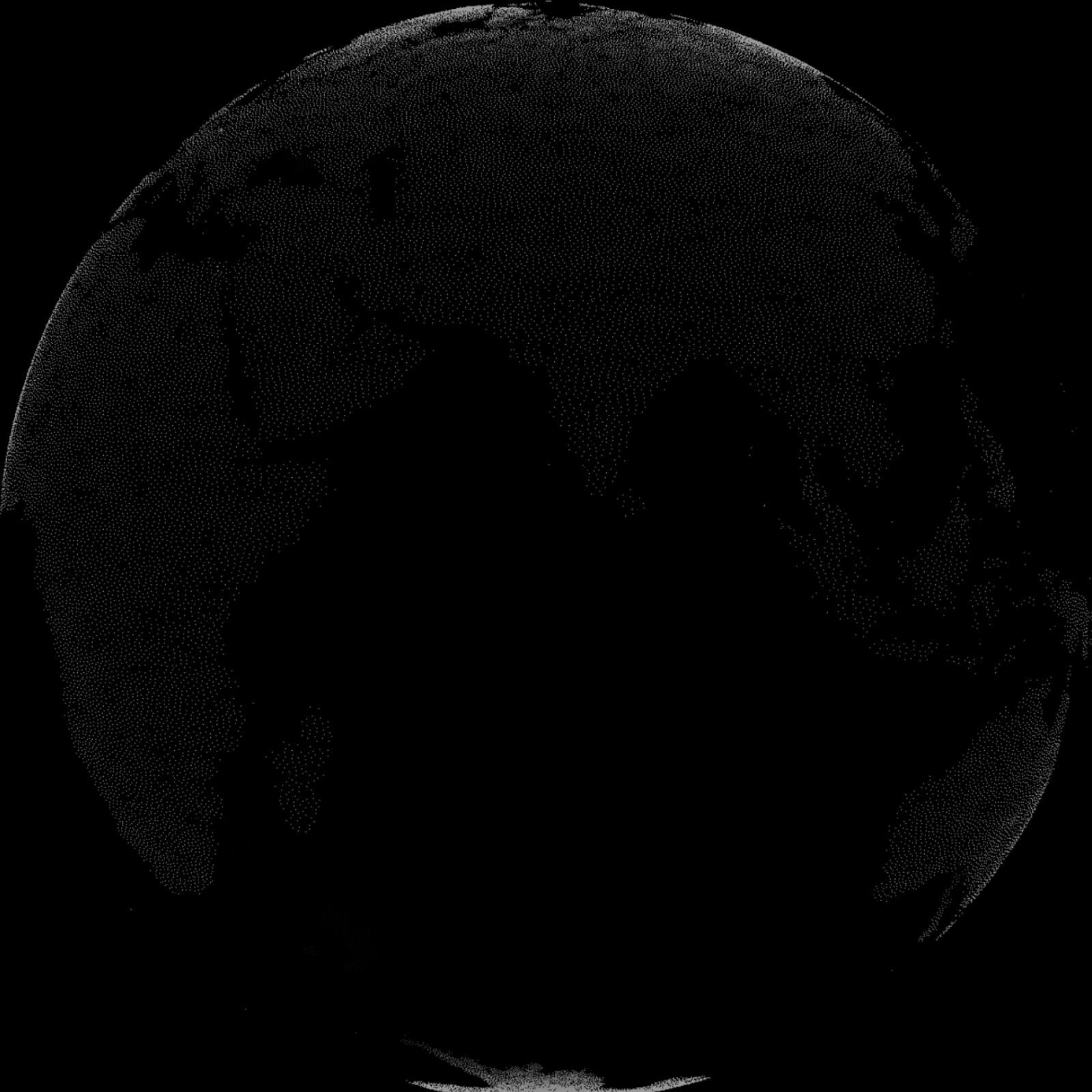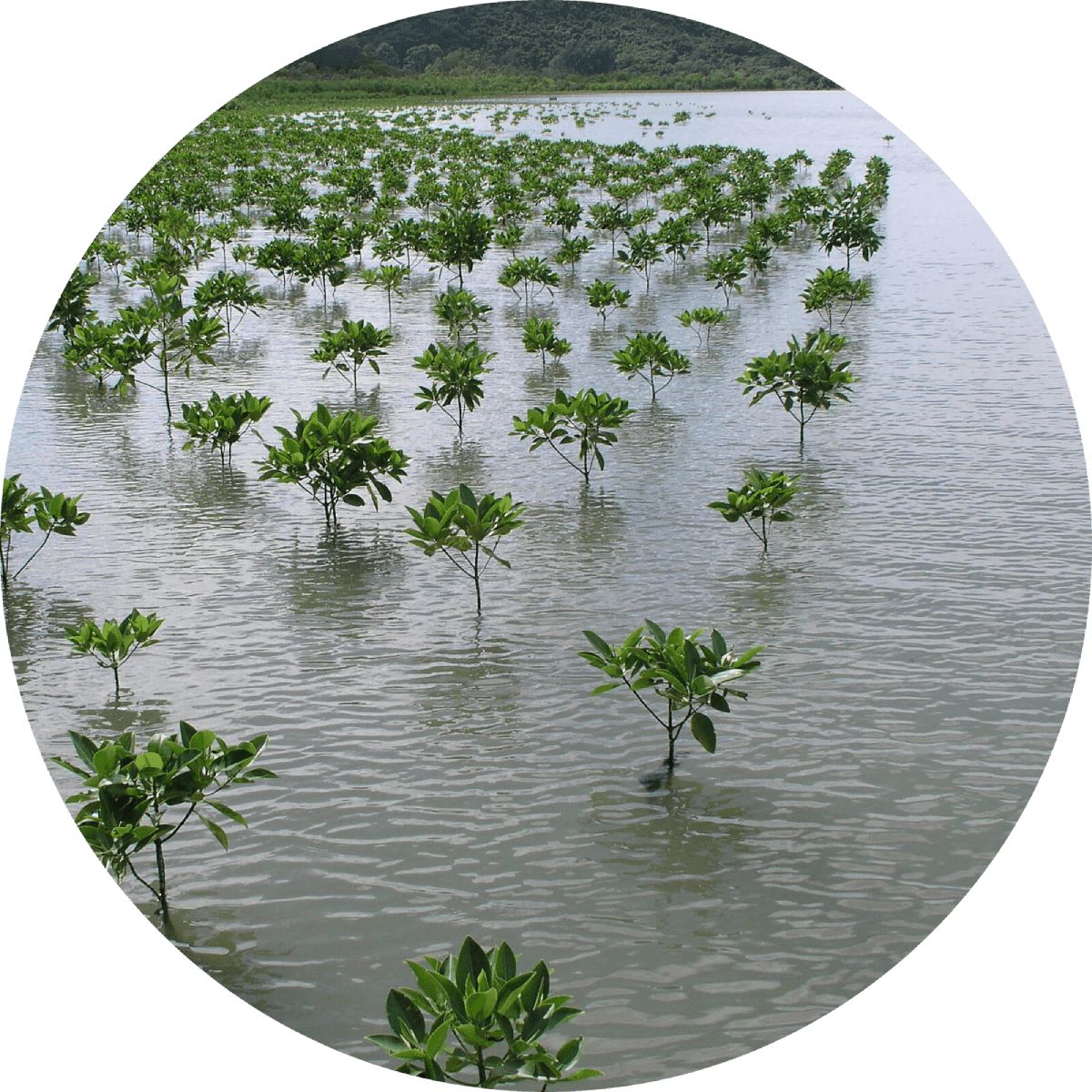“More than 10 years after the Delaware River Basin Commission imposed a de facto moratorium on gas drilling in the watershed, setting off a battle between natural gas advocates and environmentalists, the commissioners voted to ban fracking at a special meeting Thursday. All four basin states — Pennsylvania, New Jersey, Delaware and New York—voted to ban the practice, citing scientific evidence that fracking has polluted drinking water, surface water, and groundwater...The decision already faces several federal lawsuits challenging the agency’s authority.”
“Transportation is the largest source of pollution in the Northeast region, comprising more than 40 percent of total regional global warming emissions. In addition to the health impacts associated with rising temperatures, soot and ground-level ozone from the region’s cars and trucks are responsible for more than 50,000 asthma attacks, 1,000 deaths, and other pollution-related illnesses that incur approximately $27 billion in total health costs every year.”
“The Euro-American perspective that shapes New York State’s decision process regarding hydrofracking focuses almost exclusively on balancing competing rights: the right of individual land-owners to use their property as they see fit, the right of landsmen to negotiate with landowners for access to their underground resources, the right of corporations to protect their intellectual property by concealing the chemical formulae of their fracking fluids...In contrast, the Haudenosaunee perspective on property is focused on the cultural, spiritual, and economic responsibilities that come with property ownership. Those who “own” land or other natural resources, whether individually or collectively, bear along with rights of use a responsibility to care for one’s property for future generations.”
"One, already higher sea levels made the storm surge more severe. Two, higher sea surface temperatures from warming provided more energy for Sandy—with about 15 percent of the temperature increase attributed to climate change, she said. And three, record loss of sea ice in the Arctic this year may have steered Sandy towards the coast."
“every part of the natural world is important and interrelated; when humans tinker more and more with the natural balance, we do so at the peril of our grandchildren...The Haudenosaunee will not allow hydrofracking on or near their aboriginal territory, and call on the Government of New York State to similarly ban hydrofracking and other unconventional gas drilling methods within New York State...we do so for the future of all our relations.”
The Marcellus Shale is a geologic formation of sedimentary rock in the Allegheny Plateau region encompassing substantial parts of New York, Pennsylvania, Ohio, and West Virginia. Although the shale was not previously believed to contain substantial natural gas reserves, between 2002 and 2008 new research emerged that large volumes of shale gas were accessible through hydraulic fracturing ("fracking"). In 2011, the USGS published findings that the shale contained 42.954 to 144.145 trillion cubic feet of untapped natural gas, making it the largest source of natural gas in the U.S. Economic interest led to rapid development of the shale.
Reporting that 7 of 10 most rapidly urbanizing states are in the Northeast region, a paper by the Journal of Forestry evaluates the impact of urbanization on forestry: “Urban expansion can result in the direct transformation or loss of forestland, but also influences forests and their management in a myriad of other ways. Current threats to forest sustainability, such as fire at the wildland-urban interface, exotic pest infestations, unmanaged outdoor recreation, and forest fragmentation are strongly connected to expanding urbanization.” On the other hand, “By enhancing urban and community forest management, the livability of cities can be improved. In turn, if environmental quality and livability can be improved in existing urban areas, larger numbers of urban residents may choose to remain in cities, potentially slowing future urban expansion.”
“Like a mutant blob in a horror movie, an oil slick first thought to be relatively small has grown bigger and more menacing over the past week, oozing its way down the Delaware River. When the Greek tanker Athos I began leaking heavy Venezuelan crude oil into the river the night of Nov. 26, it appeared to be a manageable spill confined to a terminal--just 30,000 gallons, according to estimates. But authorities now warn that it could be as much as 473,000 gallons, a gooey mess that has stained as many as 70 miles of shore along three states...The muck has killed birds, fish and turtles. It has shut down a nuclear plant and threatened a dozen freshwater streams and tributaries.”
“Sprawl is poorly planned low-density development occurring around the periphery of cities and towns. Sprawl rapidly consumes forest, farmland, and other open space, and carries with it a variety of other environmental problems including air pollution associated with the large number of personal automobiles necessary to carry people from home, to work, to school, to shopping, and so forth...Although urbanization and industrialization have long histories in the Northeast—indeed the Industrial Revolution of the 1800s in America started in the Blackstone and Connecticut River Valleys—farmland, forest, and other open spaces remain. Because of their proximity to large metropolitan centers, these areas are both extremely valuable environmentally and extremely vulnerable to sprawl.”
"Equipment failure and human error produced an accident in 1979 at the Three Mile Island plant, Pennsylvania, which destroyed 35 percent of the reactor core and caused release of radioactive material to the environment. Although damage to humans and the ecosystem was small, a potential danger was recognized by the public."
“People avoided fish from Manhattan’s waters; many even avoided walking beside it, as the stench on a summer’s day made a bankside stroll in Riverside Park almost unbearable. Raw sewage dumped by Troy, Albany, Watervliet, and Rensselaer into what engineers euphemistically call the ‘Albany pool’ made this section of the Hudson the most polluted. Each summer the high level of bacteria and the low level of oxygen made the Albany pool incapable of sustaining any aquatic life. From Albany to New York the river was off-limits to swimmers.”
“As one follows the main highways or railroads between Boston and Washington, D.C., one hardly loses sight of built-up areas, tightly woven residential communities, or powerful concentrations of manufacturing plants...behind the ribbons of densely occupied land along the principal arteries of traffic, and in between large clusters of suburbs around the old urban centers, there still remain large areas covered with woods and brush alternating with some carefully cultivated patches of farmland. These green spaces, however, when inspected at closer range, appear stuffed with a loose but immense scattering of buildings, most of them residential but some of them industrial in character...In this area, then, we must abandon the idea of the city as a tightly settled and organized unit in which people, activities, and riches are crowded into a very small area clearly separated from its nonurban surroundings.”
“There’s going to be no memory banks in those computers at EPA that can recite the ten bushels of crabs one person used to catch out there, and all the hardheads... and the shuckers in the oyster houses up and down the river, all singing harmony while they worked. It we can’t make some headway son, today’s children will never, never have the hope and the dream of bringing the water back, because they just won’t have any idea how enriching it used to be.”
“Osprey numbers crashed in the early 1950s to 1970s, when pesticides poisoned the birds and thinned their eggshells. Along the coast between New York City and Boston, for example, about 90 percent of breeding pairs disappeared.”


Learn about Maya Lin’s fifth and final memorial: a multi-platform science based artwork that presents an ecological history of our world - past, present, and future.

Discover ecological histories and stories of former abundance, loss, and recovery on the map of memory.

Learn how we can reduce our emissions and protect and restore species and habitats – around the world.

See how art can help us rethink the problems we face, and give us hope that each one of us can make a difference.

Help make a global memorial something personal and close to home. Share your stories of the natural world.